New products
-
Pre-orderAdyan Glamour ExDP 100ml€35.00 PricePre-orderAdyan Mahib EDP 100ml€23.90 PricePre-orderAdyan Majestic ExDP 100ml€35.00 Price
-
Pre-orderAdyan Musc Mango ExDP 100ml€35.00 PricePre-orderAdyan My Cherry ExDP 100ml€35.00 PricePre-orderAdyan Timeless ExDP 100ml€35.00 Price
-
Pre-orderAdyan Riviera ExDP 100ml€35.00 PricePre-orderAdyan Coconut Vanille ExDP...€35.00 Price
Perfume, cologne, essence, eau de toilette: the differences in concentration
Have you ever stood in front of a beauty shop shelf and felt a bit confused when you looked at the names of the different fragrances?
If the answer is yes, you are certainly not alone!
However, there is always time to remedy this: we have in fact created a complete guide that will allow you to understand the differences between perfumes, colognes, essences and eau de toilette, words that for insiders represent very different concepts, but that for non-experts could be mistakenly used as synonyms.
The olfactory pyramid
Before understanding the differences between the terms introduced above, it is useful to make an initial premise and share together the concept of the olfactory pyramid, a structure that we use to describe how the perfume evolves over time.
In fact, the perfume begins in our nose with the top notes, the first ones we perceive. They are volatile and fresh notes, which last for a short time (from 10 minutes to 2 hours).
The top notes then leave room for the heart notes, which are the central body of the fragrance. The persistence is longer and can reach up to 3-4 hours. Finally, there are the base notes, the most persistent, which last up to 24 hours on the skin.
If the above structure is common for all the fragrances that you can find in any shop, what changes is the intensity and duration of each note level, with the consequence that the different perfumes will tend to have a different evolution over time.
Concentration
If the succession of notes is the same (but, as we have seen, it changes in the duration of the various phases), it remains to understand what is the main difference that distinguishes the terms above.
Well, the answer is in the concentration of the essential oils that are dissolved in alcohol (usually ethanol) and water. The higher the concentration of essential oils, the longer the fragrance will last over time.
So let's see together what the different concentration levels are: it will be the right opportunity to define the terms that we introduced at the beginning of this guide.
Eau Fraîche
It is the fragrance that has the lowest concentration of all. In fact, essential oils represent only 1-3% of the entire solution, with a consequent very short duration, generally equal to 1-2 hours.
These are fresh fragrances, ideal for those who prefer very delicate scents.
Eau de Cologne
It has a slightly higher concentration than the first fragrance, equal to 2-4% of essential oils. The duration is about 2-3 hours, with a fresh and light intensity.
The fragrance is therefore ideal for daily use, especially in hot environments. Little curiosity: it is called this because it originates from Cologne, in Germany.
Eau de Toilette
The concentration of essential oils in Eau de Toilette tends to be certainly more appreciable, equal to 5-15% depending on the formulations.
The duration is also increasing, equal to about 3-5 hours, as well as the intensity: it is in fact a medium fragrance, more pronounced than the cologne but less than an Eau de Parfum which we will talk about shortly.
The Eau de Toilette lends itself to a versatile use, both in everyday occasions and for more formal events, thanks to the good balance between intensity and freshness.
Eau de Parfum
The Eau de Parfum is a fragrance with a concentration of 15-20% essential oils. The duration is rather persistent, equal to about 6-8 hours, with an intensity that appears to be very pronounced, but without being oppressive.
The preferred use is that of special occasions, as it is a fragrance that tends to be noticed, with an evident trail left in the air.
Extrait de Parfum
This leads to the Extrait de Parfum, with the maximum concentration, equal to 20-30% of essential oils (in some solutions, however, the concentration of essential oils is even higher).
The duration of the Parfum is very long and in several cases can reach up to 24 hours, or more. The intensity is high, for a fragrance that can be reserved for very special occasions or, possibly, even for more frequent use if you love particularly persistent fragrances, which stand out thanks to particularly pronounced base notes.
Just be careful not to overdo it: given the high concentration of essential oils, a few drops are enough!
CPO (Concentrated Perfume Oil)
Literally, concentrated perfume oil, fragrances without alcohol and water but rich in oil-based perfume essences. These are typical and very popular perfumes in the Middle East, especially in oud and amber fragrances.
Thanks to the concentration of the oils contained, the duration of the perfume oil of the fragrance is very high. A trick is to apply them on the pulsating areas of the skin, such as the wrists, neck and behind the ears, because these are warmer areas of the body that allow the oils to heat up and, in fact, release their maximum olfactory power.
A comparison between the various fragrances
For greater practicality, we have summarized some of the considerations reported above in this practical consultation table.
| Fragrance | Essential Oils | Duration |
| Eau Fraîche | 1-3% | 1-2 hours |
| Eau de Cologne | 2-4% | 2-3 hours |
| Eau de Toilette | 5-15% | 3-5 hours |
| Eau de Parfum | 15-20% | 6-8 hours |
| Extrait Parfum | 20-30% | 24 hours |
| CPO | 100% | Even several days |



















 Italiano
Italiano English
English
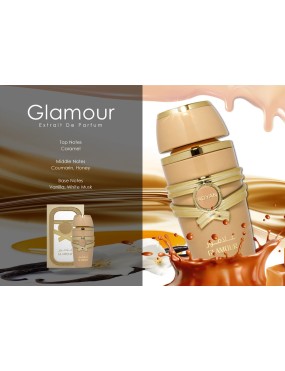

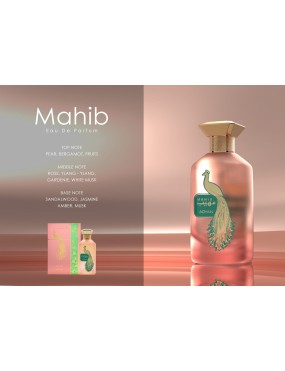

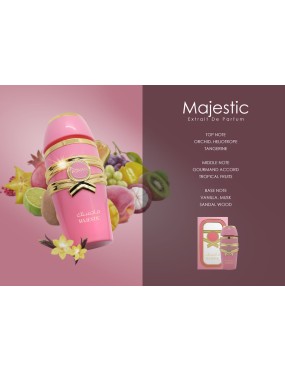

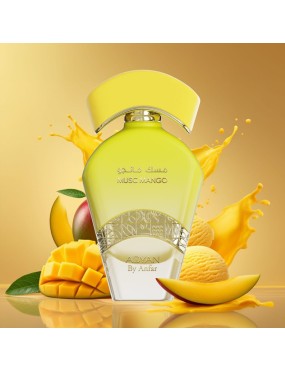

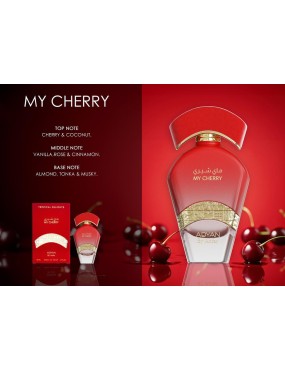

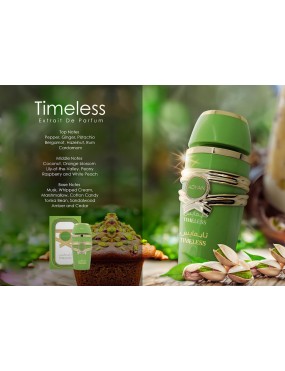

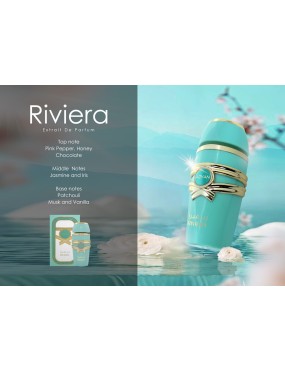

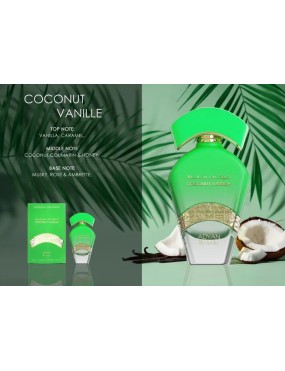

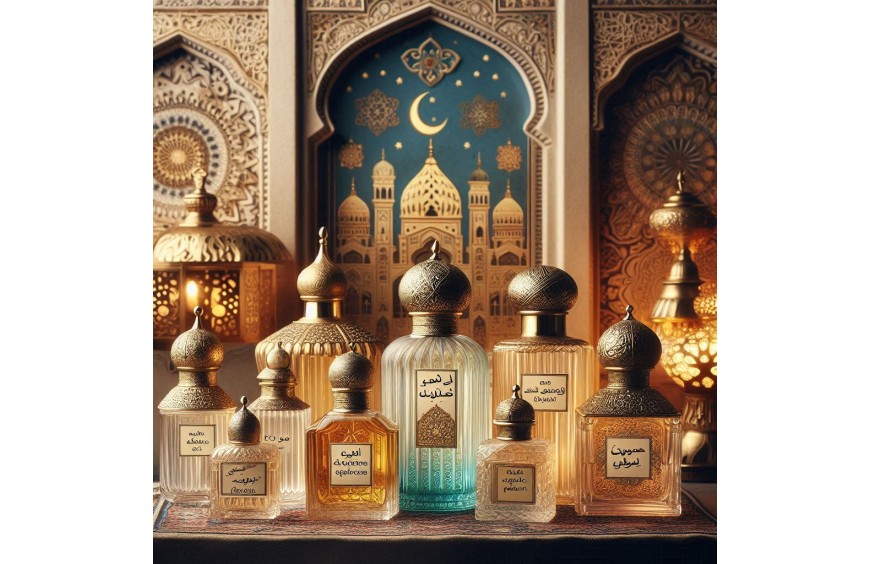
Leave a Reply Cancel Reply